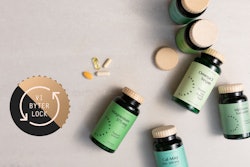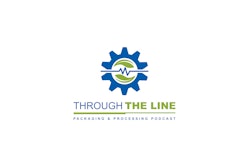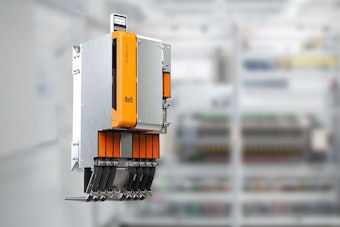Autoinjectors and pens will continue to play an important role in parenteral drug delivery, but there are key considerations for designs that receive smart updates.
At the PDA/FDA Joint Regulatory Conference in Washington D.C. this week, Anthony Schaff, Senior Engineering Advisor Delivery, Device & Connected Solutions (DDCS), Eli Lilly and Company talked about the promise of connected devices, as well as the concepts that should not be overlooked as manufacturers strive to create value-added features.
There’s been an evolution, he explained, where the focus of injection system design began with safety and efficacy in mind, moving on to reliability. Those became par for the course, and now devices offer more convenience or comfort (such as features that retract the needle automatically or offer a buzz or click to signify dose completion). “The next step up would be to offer privacy and dignity, and then the connectivity may ultimately provide an emotional attachment,” he said, so that the user equates the use of the system with feeling better or having a better outcome.
He explained that many future drug delivery systems will have between six and 10 sub-systems, such as the primary package, tissue interface (typically a needle), transfer system, connectivity and more. “More and more, the secondary packaging is becoming functional in nature. It’s not just holding the product, but performing functions in many cases.”
Schaff outlined the benefits of an overall connected healthcare ecosystem, including:
-
Provide relevant and valuable decision support to reduce patient burden and improve outcomes.
-
Allow healthcare providers to seamlessly order products, receive insights on products and streamline clinical workflows.
-
Enable care team to identify and prioritize patients that need assistance, and allow direct interaction between patient and care team.
-
Enable clinical and financial stakeholders (payer, health systems, etc.) to stratify population and better target high-risk patients.
The complex nature of these systems means that there are hurdles to overcome in delivering improved patient engagement and outcomes. Schaff noted three main takeaways:
1. Existing systems: Connectivity of existing delivery systems is feasible but requires tradeoffs to ensure manufacturability. How will changes incorporate into the industrial design and mechanical architecture with minimal change? Will existing lines accommodate these? How will these updates “feather in” with ongoing continuous improvement activities?
How often will the patient use the connectivity: The entire life of the product or just turn it on and off when needed. “Ideally, you’re making a connected system that people will want to use,” he said. How will it pair and what it is connecting to? Will the packaging, marketing and label remain the same? “You need to answer these upfront to develop the system.”
2. New systems: Connectivity of new and novel delivery systems also requires trade‐offs between user experience, size, battery life, cost and manufacturability.
Will the connectivity go into the reusable or disposable components? If the entire system is disposable, there is environmental impact. The type of display is also important. Users are so accustomed to touchscreens, but those don’t gel with disposable systems (and possibly not even with reusable systems). How will the device communicate in a discreet way that the user understands?
Different features will require different regulatory paths. Does the system simply gather and send data? Does it include dose recommendations or offer two-way communication or is it a closed-loop? From a security standpoint, a simple mechanical pen is quite different from a system that is beaming data back and forth, or altering doses.
3. Base model: In the near future, connected systems will be viewed as table stakes just to enter the game. By 2020, there will be 6 billion mobile users, with 50 billion devices connected to the internet.
Schaff emphasized the value of a safety assurance case (SAC) and FMEAs as part of a “top-down, bottom-up” risk management plan.
Future trends
-
There will be a greater degree of “closed‐loop” systems available, especially in diabetes.
-
On-body injectors will continue to grow in prevalence.
-
Composite digital biomarkers (on‐body sensors/wearables, passive sensing) help drive value‐based therapies via patient insights and clinical decision support via software app devices.
-
Value creation will occur from integrated product systems versus from drugs alone, via integration into care and population‐management systems
-
A slow shift to non‐parenteral therapies over time will be a new area of focus for drug‐delivery teams.
-
Injection physiology is becoming more important, particularly with the rise of large molecules with high viscosity. These are often refrigerated, and the cold temperatures add to the complexity. The physiology behind the subcutaneous injection is evolving.
It all comes back to the patient, their health and safety. “You have to understand the user needs. User groups can be quite different and have different complications,” Schaff said. The same pen may deliver insulin or osteoporosis treatment, but the group using the latter may have dexterity issues that make the pen difficult to use.
Schaff noted that it’s critical to have many different groups at the table, adding, “So many risks are involved, you need multiple teams to truly understand all the risks. You need those checks and balances.”






















